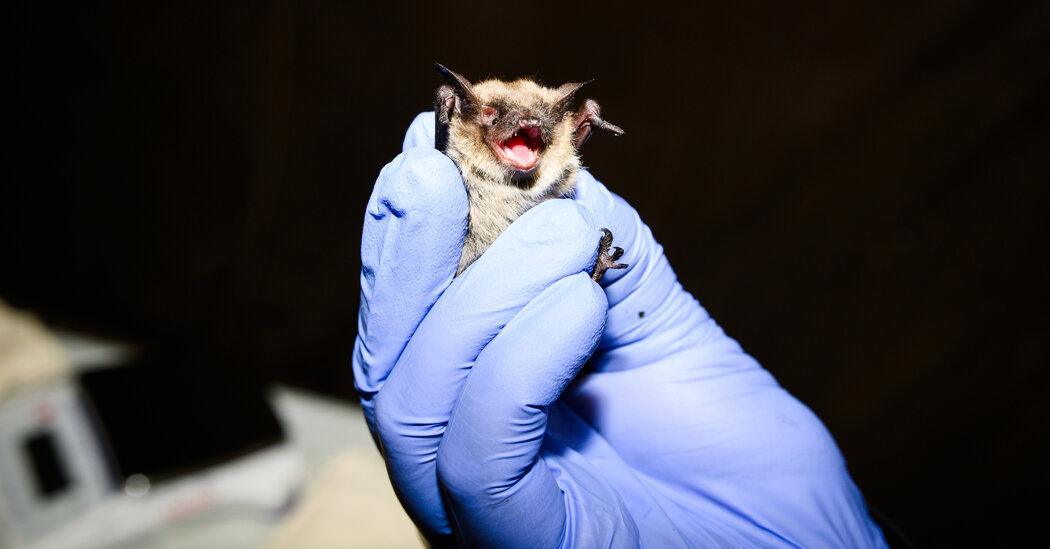Giorgia Auteri is still haunted by what she saw in an abandoned mine in 2014. As a graduate student studying how bats hibernate, she had frequently climbed into mines and caves to observe thousands of sleeping bats hanging from the walls.
But when she walked into the mine in Michigan’s Upper Peninsula in 2014, she discovered heaps of dead bats on the floor.
“It smelled of death,” recalled Dr. Auteri, now a biologist at Missouri State University.
A fungus began spreading among bats in North America in 2007, causing a disease called white-nose syndrome, which marks the animals with patches of pale fuzz before killing them. The pathogen first appeared in New York State and then spread west. Since Dr. Auteri’s grisly discovery, it has moved even farther west, killing many millions of bats all the way to the Pacific.
White-nose syndrome is not only devastating bats, but also the ecosystems in which they live. While many people have traditionally looked at bats as rabies-carrying pests, they eat vast numbers of bugs. Without them, insect populations can explode. This month, researchers reported that the decimation of the bat population from white-nose syndrome has led farmers to use extra insecticides against crop-eating insects — an increase they linked to a rise in human infant mortality.
Back in 2014, Dr. Auteri brought some of the dead bats from the Michigan cave to her lab to study. She said it felt like a form of grieving, of bearing witness to a catastrophe that seemed unstoppable.
But a decade later, her grief has turned into hope. Dr. Auteri and other researchers have made some crucial insights about how white-nose syndrome kills bats, and that knowledge has inspired a campaign to stop the mass death. Now, scientists are attacking the fungus and finding ways to help bats survive infections.
